8,000 Miles Across the Pacific

Blog
Some employees will go to great lengths for some time away from the desk and one of our newest is no exception. Jess Rowe is part of an all-female trio preparing to row 8,000 miles across the Pacific Ocean, from Peru, South America to Australia in early 2025.
Named “Seas the Day”, the trio aim to become the first team to row the full Pacific nonstop and unsupported in their Rossiter 2 Ocean rowing boat. They estimate the expedition could take up to 6 months and their mission is to raise as much money as they can for their chosen charity, “The Outward-Bound Trust” who help to get children into adventure that may have come from disadvantaged backgrounds.
This long-distance rowing isn’t new to Jess who in January 2023 crossed the Atlantic and arrived in Antigua having skippered a team of four women to victory, winning the women’s class in “The Talisker Whisky Atlantic Challenge,” now called “The World’s Toughest Row” in a time of 42 days, 7 hours and 18 minutes … sadly no records were broken!

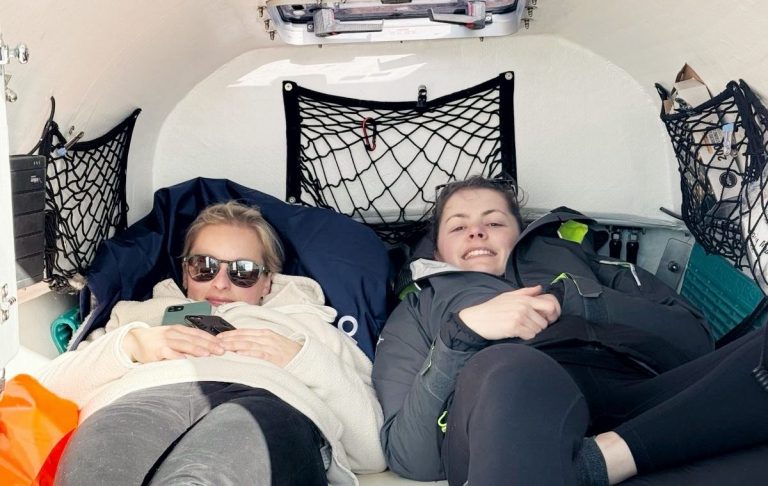
Only a few soloists have rowed the full Pacific nonstop and unsupported, along with a team of four women named the “Coxless Crew” who stopped in Hawaii and Samoa along the way. As such there are a few Guinness World Records to be broken here, should the trio be successful.
They’ll be working with Chrome Productions to document their journey from start to finish, showcasing the training both in the gym and on the water, the struggles of getting sponsorship money together to pay for the challenge and all the time spent getting to know the boat and its systems.
The founder of team Seas the Day and second member of this team is Miriam Payne who also rowed across the Atlantic in the same race as Jess, but she rowed solo in a time of 59 days, 16 hours and 36 minutes, breaking the female race record at the time. Their third member Lottie Hopkinson is a keen sailor and sportsperson who has gone in at the deep end with this being her first ocean row.
The team will become part of a very small group of individuals who’ve rowed this distance in comparison with the number of people who have now rowed across the Atlantic Ocean which is quickly increasing every year.
In their nine-metre rowing boat named ‘Velocity’, they’ll be completely self-sufficient with solar panels on the cabin roofs to power the lithium batteries which then lead to their water maker, VHF radio, chart plotter, hydraulic rudder system and other vital equipment aboard.


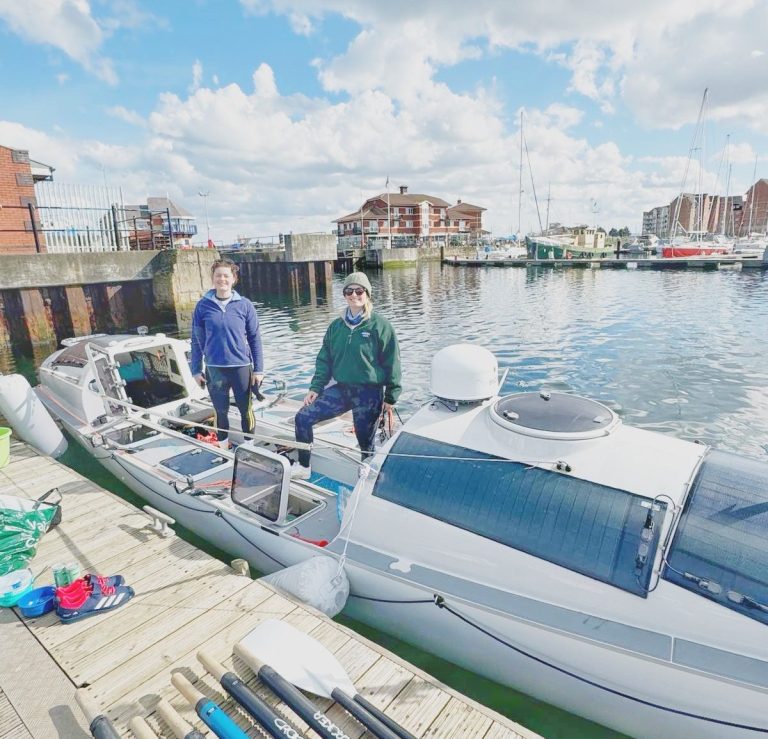
They’ll face extreme conditions, potential capsizes, power failure, salt sores, blisters, dehydration and sleep deprivation to name a few. Their daily routine may be two or three hours on and off day and night and they’ll be trying to consume over 5,000 calories a day in dehydrated meals and high-calorie snacks.
The team is most excited about being at sea, the wildlife, the simplicity of their daily routine and in Jess’s case, catching fresh fish, eating lots of sashimi and swimming in the deep blue.
Having recently picked up their boat they’ve been straight out for their first training row in the North Sea off Hartlepool over Easter weekend.
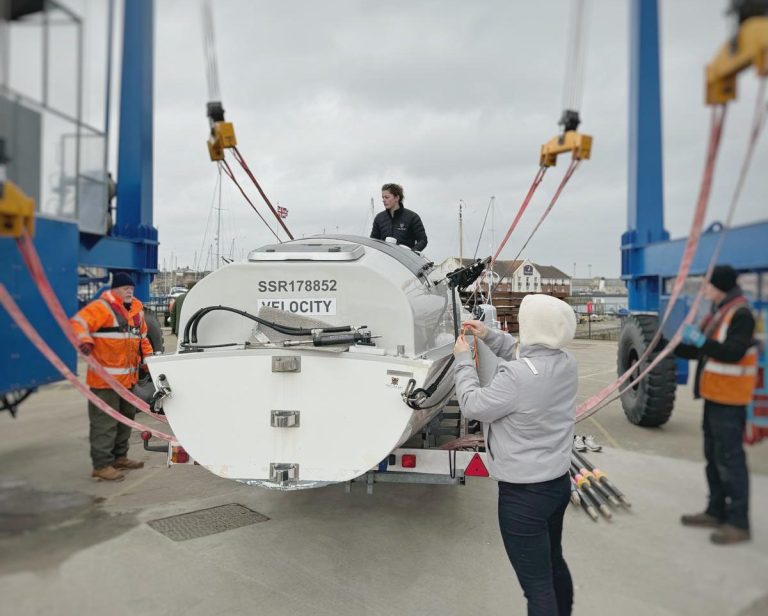
The team are still looking for sponsors to help with shipping, safety equipment, expedition meals and other essential kit to be fully prepared for the challenge. Therefore, if you’re interested in following their challenge or may be able to help in some way, please get in touch through their team email: contact@seasthedayoceanrowing.com or check the links below.
Da Gama Maritime are proud to be supporting Jess and her team in this endeavour and will ensure further posts and updates are promulgated to you.


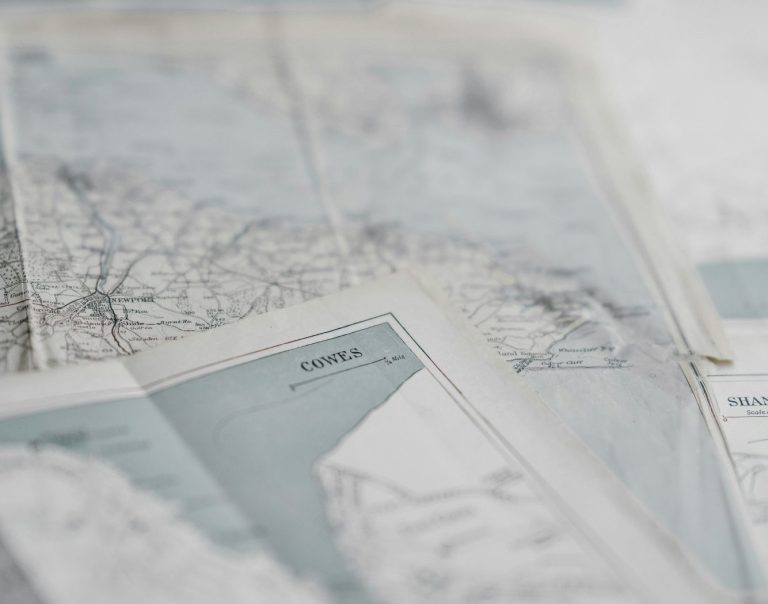
The Future of Navigation
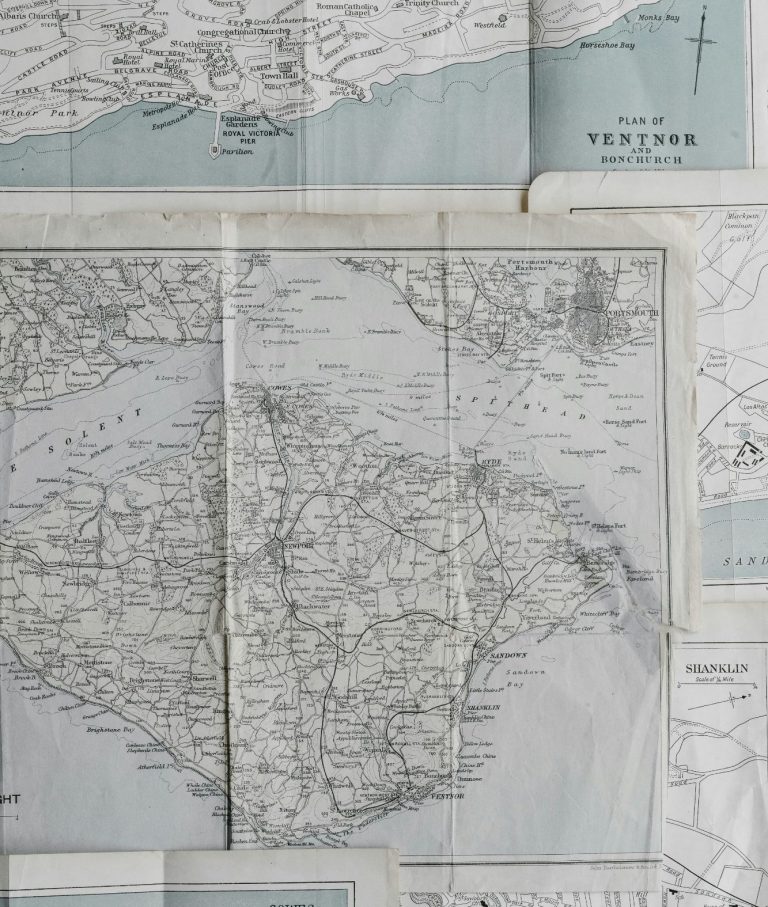
The announcement by the UKHO in July 2022 regarding the gradual discontinuation of paper charts, with a final termination date set in 2026, marked a significant shift in maritime navigation practices. However, in a more recent development this year, the UKHO has revised its stance to accommodate mariners who continue to rely on paper charts and do not have Electronic Chart Display and Information Systems (ECDIS) onboard their vessels.
This decision draws attention to the recognition by the UKHO of the varying needs and preferences within the maritime community. While the industry has been steadily adopting digitalisation for its numerous advantages, it's also vital to acknowledge the continued reliance on traditional paper charts by some segments of the maritime sector.
We’ve noticed mariners are increasingly opting for digital charts over traditional paper charts. This shift reflects a growing trend towards digitalisation within the industry. With advancements in technology, digital charts offer numerous advantages such as timely updates, enhanced accuracy and improved accessibility. As a result, an increasing number of mariners are adopting digital solutions recognising their efficiency and reliability compared to the cumbersome and less dynamic nature of paper charts.
Alternative products that are available in place of paper charts include Admiralty Vector Chart Services (AVCS), Admiralty Raster Chart Service (ARCS) and unofficial Electronic Navigational Chart (ENC).

AVCS: These are official electronic charts produced by the Admiralty Hydrographic Office. AVCS provide detailed and up-to-date information about navigational hazards, water depths and other important features. They are vector-based and can be displayed on ECDIS.
ARCS: These are digital scans of traditional paper charts. They retain the familiar appearance of paper charts but offer the advantages of electronic navigation, such as zooming, panning and overlaying additional information. ARCS are typically used as a backup or as a supplement to ENCs.
ECDIS: ECDIS is a computer-based navigation system that integrates ENCs or RNCs with GPS data to provide real-time navigation information to mariners. ECDIS displays electronic charts and overlays navigational information such as ship's position, heading, speed and route planning tools. ECDIS has become increasingly popular as it enhances situational awareness and aids in navigation safety.




When paper charts are phased out, several related products and industries may be affected:
Navigation Training and Education: Institutions providing training and education on traditional chart navigation methods may need to adapt their curriculum to focus more on electronic navigation systems and digital chart usage.
Specialty Navigation Equipment: Certain equipment designed specifically for paper chart navigation, such as parallel rules, dividers and navigational triangles, may become less commonly used or outdated as mariners rely more on electronic navigation aids.
Maritime Museums and Historical Societies: Organisations dedicated to preserving maritime history and artifacts may see a shift in focus as traditional paper charts become less prevalent. They may need to adapt their exhibits and collections to reflect the changing landscape of navigation technology.
Overall, the transition away from paper charts is likely to have a significant impact on various industries and products that are closely tied to traditional navigation methods. However, it also presents opportunities for innovation and growth in the digital navigation sector.
At Da Gama Maritime, we remain committed to printing paper charts to support mariners who rely on traditional navigation methods. While we recognise the growing trend towards electronic navigation solutions, we understand that some mariners still prefer the familiarity and reliability of paper charts. We understand that the transition to electronic navigation will take time for some and we are committed to supporting mariners during this process.
At the same time we fully endorse the movement towards electronic navigation. We appreciate the numerous benefits that electronic charts offer and believe that ECDIS can greatly enhance safety and efficiency at sea.
Therefore, while we continue to produce paper charts, we also encourage mariners to explore the advantages of electronic navigation. We offer a range of electronic navigation products and services to support mariners in their transition.
Ultimately, our goal at Da Gama Maritime is to provide mariners with the tools and support they need to navigate safely and efficiently, whether they choose to rely on traditional paper charts or adopt electronic navigation technologies. We are committed to staying at the forefront of navigation innovation while ensuring that no mariner is left behind in this transition period.


Water Revolution Foundation
We are very proud to announce our official support of Water Revolution Foundation and their Crew Guidelines.
Their recently unveiled Version 1 which showcases optimal practices for crew members, providing valuable insights and encouragement for adopting more eco-conscious behaviours onboard yachts.
The guidelines have been written collaboratively by crew members and endorsed by many industry professionals.
Da Gama Maritime commends the dedication demonstrated by Danella Hopkins, formerly associated with Black Pearl and Water Revolution Foundation in this undertaking.
You can take advantage of these comprehensive guidelines at no cost to adjust your onboard practices, enhancing your awareness of opportunities to modify your daily routine. You can access the guidelines on the Water Revolution Foundation website, or feel free to direct message us, and we'll gladly send them to you.
Together with other prominent figures in the maritime sector, we are committed to actively disseminating these guidelines to our clients.
Additionally, we pledge to implement them within our Chichester office premises as part of our efforts on land.

